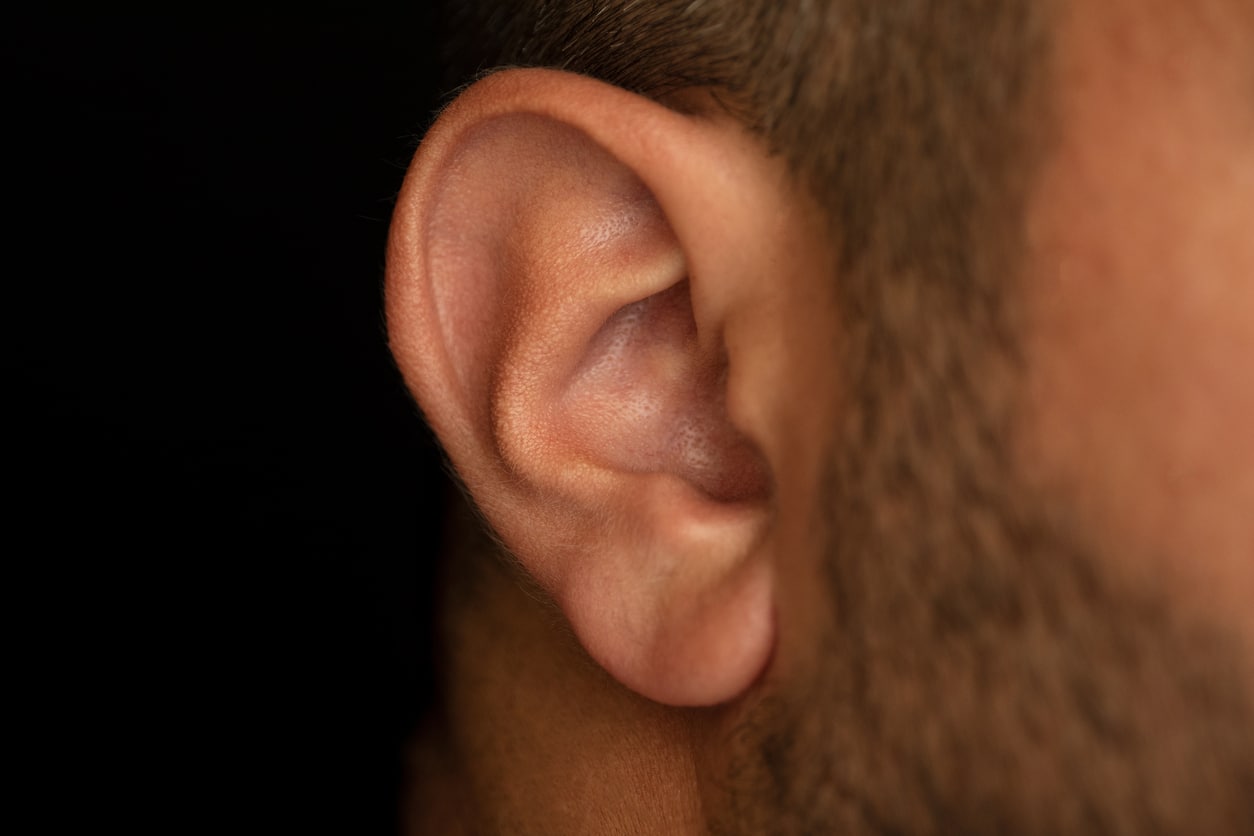Understanding the intricacies of our auditory system can help us maintain our hearing health as we age. Recognizing when to use ear protection and adopting safer listening practices, including visits to healthcare professionals, all play a part in protecting our ears and hearing. Here are five lesser-known facts about your ears and hearing that can enhance your auditory health knowledge:
Ears Operate Continuously

Ears are constantly at work, capturing sounds all the time, even during sleep. The brain filters out which sounds to pay attention to, which is why we sometimes wake up to sounds. Because ears are always active, protecting them from persistent loud noises is essential to prevent hearing damage. In fact, about 15% of American adults report some degree of hearing difficulty, likely due to noise exposure.
Self-Cleaning Ears
Your body naturally produces earwax to cleanse your ears. This substance captures dust and debris, shielding the ear canal. The motion of your jaw when you chew or talk helps to gradually shift the earwax out of the ear canal, leading to its natural expulsion. Attempts to clean your ears with external objects can be counterproductive and even harmful, potentially causing earwax impaction or injuring sensitive internal ear structures. Thus, it’s not wise to use cotton swabs or other items to try to clean your ears. If you feel like you have impacted earwax or think you need your ears cleaned, contact your doctor.
Ears Aid in Balance
Your sense of balance is partially managed by your ears. Each ear contains tiny fluid-filled canals with delicate hair-like sensors that track your head’s rotations. Any disruption, such as from ear infections that lead to fluid buildup, can impair balance. If you notice symptoms indicative of an ear infection, it is important to talk to your doctor.
Prevalence of Sensorineural Hearing Loss
Most hearing loss cases are sensorineural, which means they affect the inner ear or the neural connections to the brain. Often, this is the result of prolonged exposure to loud noises. To address this type of hearing loss, hearing aids are commonly recommended to amplify volume and aid hearing.
Inner Ear Hair Cells Facilitate Hearing
The tiny hair cells within the inner ear are key to healthy hearing. They translate sound vibrations into electrical signals that our brains decode as sound. Damage to these cells is usually irreparable, resulting in permanent hearing loss. Therefore, safeguarding these cells from damage is critical for long-term hearing health.
The ears are multifaceted systems that contribute to more than just auditory perception. Gaining insight into how your ears function can help you value and better care for them. For further information on hearing health or to arrange a hearing evaluation, contact The ENT Center of New Braunfels to schedule an appointment.